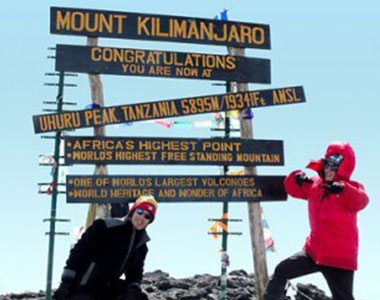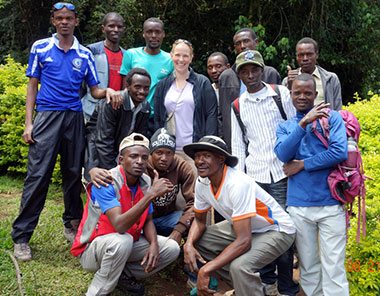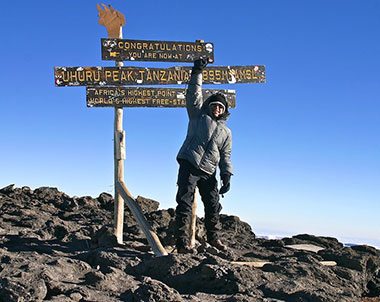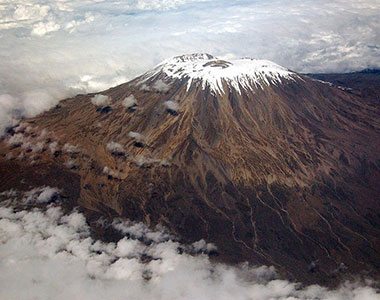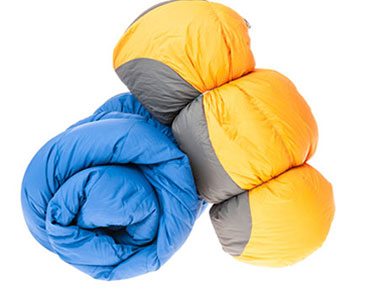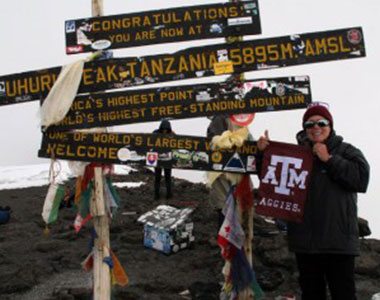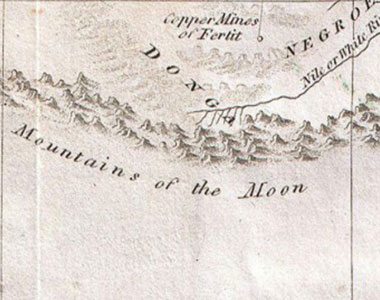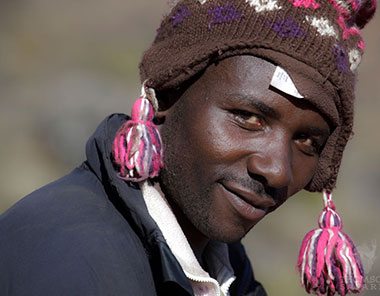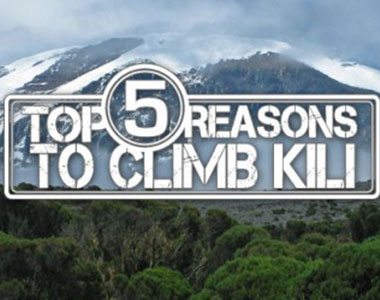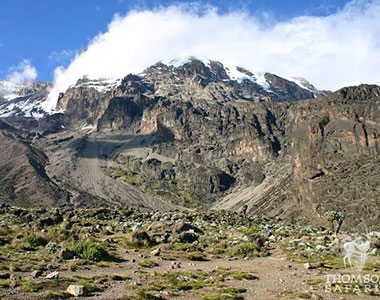The Kilimanjaro summit sign has long been an inspiration to weary trekkers nearing the top. But over the years, the original sign, constructed from wooden planks, became weathered and worn. In January 2012, the wooden sign was finally retired, replaced with a shiny new green sign…
At Thomson, we’re proud to lead 98% of our trekkers all the way to the summit! But what about the 2% who don’t reach Uhuru Peak? Read David’s story of his early descent with his daughter who suffered from altitude sickness.
Thomson staffer Ali Riley recently had the chance to experience one of the most challenging routes up Kilimanjaro: Umbwe. This is the story of her experience.
There are a lot of ways to measure a mountain’s prowess. Overall height is a common yardstick (and hopefully not determined BY a yardstick), as is technical difficulty, but there’s one measure all but the most mountain-obsessed may not have heard of: topographic prominence. Topographic prominence is the height between the summit and the lowest contour line circling the mountain in question and no other higher mountain.
Getting enough sleep on the mountain is an important factor for summit success…but it can be hard. It’s going to be cold on Kili, and buying the wrong bag—or using it incorrectly, and missing out on some of its warmth potential—can be the difference between getting a full night’s rest and getting frustrated by a night full of shivering. Make sure you’re considering all of the following important factors
In 2007 I decided I wasn’t getting any younger, the world wasn’t getting any saner, and if I ever planned on seeing Africa, this was the time to do it. I also decided, and to save my life I can’t remember where this came from, that I should also climb Mount Kilimanjaro while I was there. Not surprisingly, I couldn’t find a single other person who shared my passion to climb the highest mountain in Africa, so just like the Little Red Hen, I decided, fine, I’ll just do it myself. And I did.
Ancient knowledge of the world was spotty at best, and often based on many-times-removed hearsay. Historians and geographers often relied on muddled accounts, mythical tales that somehow made their way across the oceans, and when that failed them, their own imaginations. Some mix of the above produced the first tales of the “Mountains of the Moon,” fabled snow-capped peaks in East Africa that were thought to be the source of the Nile River.
We often talk about how the Chagga people have traditionally lived on and around the slopes of Kilimanjaro. But they haven’t always lived there; according to their own oral traditions, their people either sought out, or were driven towards, the fertile slopes of Kilimanjaro around 1500 AD, where they’ve remained ever since.
An early Everest climber, George Mallory, long ago laid claim to the most obvious (and snarkiest) reason to climb a high mountain: “because it’s there.” But why climb Kilimanjaro? For one thing, it’s one of the Seven Summits.
Though it’s a demanding portion of the trek, most trekkers are thrilled that they get to experience the Barranco Wall; even without the physical exertion, the view from the top is stunning enough to get anyone’s heart racing!







